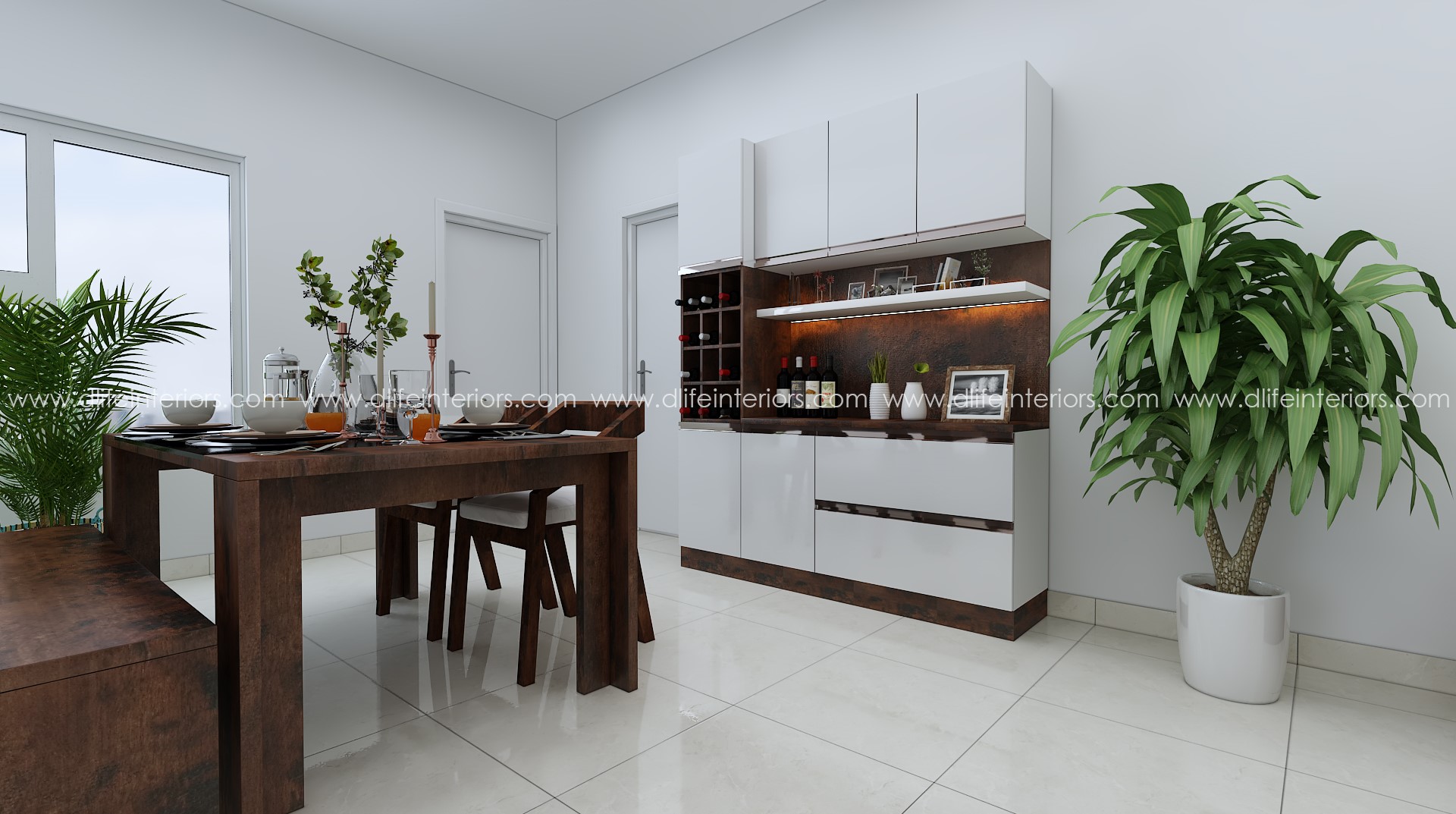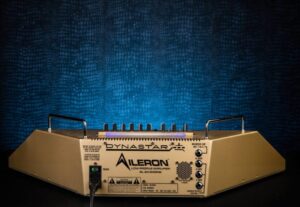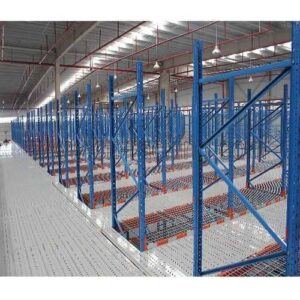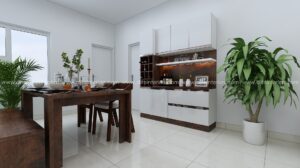Is a Non Inverter Air Conditioner Good for Small Rooms?
When choosing an air conditioner for a small room, one of the main decisions you’ll face is whether to go for a non-inverter air conditioner or an inverter model. Both have their advantages, but a non inverter air conditioner can be a practical and cost-effective choice for smaller spaces.
In this article, we’ll explore whether a non-inverter air conditioner is a good fit for small rooms, how it works, its benefits, and some factors to consider before making a purchase.
How Does a Non Inverter Air Conditioner Work?
A non inverter air conditioner operates at a fixed speed. This means the compressor runs at full power until the room reaches the desired temperature and then shuts off completely. Once the temperature rises again, the compressor turns back on at full capacity.
Unlike inverter ACs, which adjust their speed to maintain a consistent temperature, non inverter models work in an “on-and-off” cycle. This can lead to slight temperature fluctuations but is generally sufficient for small rooms where cooling needs are not extreme.
Benefits of a Non Inverter Air Conditioner for Small Rooms
1. Lower Initial Cost
One of the biggest advantages of a non inverter air conditioner is its affordability. These units are significantly cheaper than inverter models, making them a budget-friendly option for those who need basic cooling without advanced features.
2. Simpler Technology, Easier Maintenance
Non-inverter ACs have fewer complex components compared to inverter models. This makes them easier and cheaper to repair if something goes wrong. Since they don’t have variable-speed compressors, maintenance is straightforward, and technicians are more familiar with their mechanisms.
3. Suitable for Short or Intermittent Use
If you only need cooling for a few hours a day—such as during the hottest part of the day or while sleeping—a non-inverter air conditioner can be a good choice. Since small rooms cool down quickly, the compressor doesn’t have to run continuously, reducing wear and tear.
4. Effective in Moderate Climates
In regions where temperatures are not extremely high, a non inverter AC can efficiently cool a small room without struggling. Since the space is limited, the unit doesn’t need to work as hard to maintain a comfortable temperature.
Drawbacks of a Non Inverter Air Conditioner
While a non inverter air conditioner has its benefits, there are some downsides to consider:
1. Higher Energy Consumption
Since the compressor runs at full power and turns on and off frequently, non-inverter ACs tend to consume more electricity than inverter models, especially if used for long hours. This can lead to higher electricity bills over time.
2. Temperature Fluctuations
Because the compressor shuts off completely once the desired temperature is reached, the room may warm up slightly before the AC kicks in again. This can cause minor discomfort for those who prefer a perfectly stable temperature.
3. Noisier Operation
Non-inverter air conditioners tend to be noisier than inverter models because the compressor starts and stops abruptly. If you’re sensitive to sound, this might be a drawback, especially in a bedroom or study room.
Is a Non Inverter Air Conditioner the Right Choice for Your Small Room?
To decide whether a non inverter air conditioner is suitable for your small room, consider the following factors:
1. Room Size
Non-inverter ACs work best in small to medium-sized rooms (up to 150-200 sq. ft.). If your room is very tiny, the AC will cool it quickly, reducing frequent cycling. However, for slightly larger spaces, an inverter model might be more efficient.
2. Usage Duration
If you plan to use the AC for only a few hours a day, a non inverter model is a cost-effective choice. But if you need cooling for long, continuous periods (e.g., all day in an office), an inverter AC may save more energy.
3. Budget Constraints
If you’re on a tight budget and need an affordable cooling solution, a non-inverter air conditioner is a practical pick. The lower upfront cost makes it accessible, even if running costs are slightly higher.
4. Climate Conditions
In areas with moderate heat, a non inverter AC performs well. However, in extremely hot climates where the AC has to work harder, an inverter model might be more efficient in the long run.
Tips for Maximizing the Efficiency of a Non Inverter Air Conditioner
If you decide to buy a non inverter air conditioner, follow these tips to improve its efficiency:
- Set an Optimal Temperature – Keeping the thermostat at 24-26°C (75-78°F) ensures efficient cooling without overworking the compressor.
- Use a Fan Alongside the AC – A ceiling or table fan helps circulate cool air, allowing the AC to cool the room faster.
- Ensure Proper Insulation – Seal windows and doors to prevent cool air from escaping, reducing the AC’s workload.
- Regular Maintenance – Clean filters every two weeks and schedule annual servicing to keep the unit running smoothly.
To read more blog: Air Conditioner Repair Guide 2025
Final Verdict: Should You Buy a Non Inverter Air Conditioner for a Small Room?
A non inverter air conditioner can be a great choice for small rooms, especially if you:
- Have a limited budget.
- Need cooling for short durations.
- Live in a moderate climate.
- I prefer a simple, low-maintenance cooling solution.
However, if you plan to use the AC extensively or want maximum energy savings, an inverter model might be worth the extra investment.
Ultimately, the decision depends on your specific needs, budget, and usage patterns. For many small room owners, a non-inverter air conditioner provides reliable cooling without unnecessary complexity or high costs.













